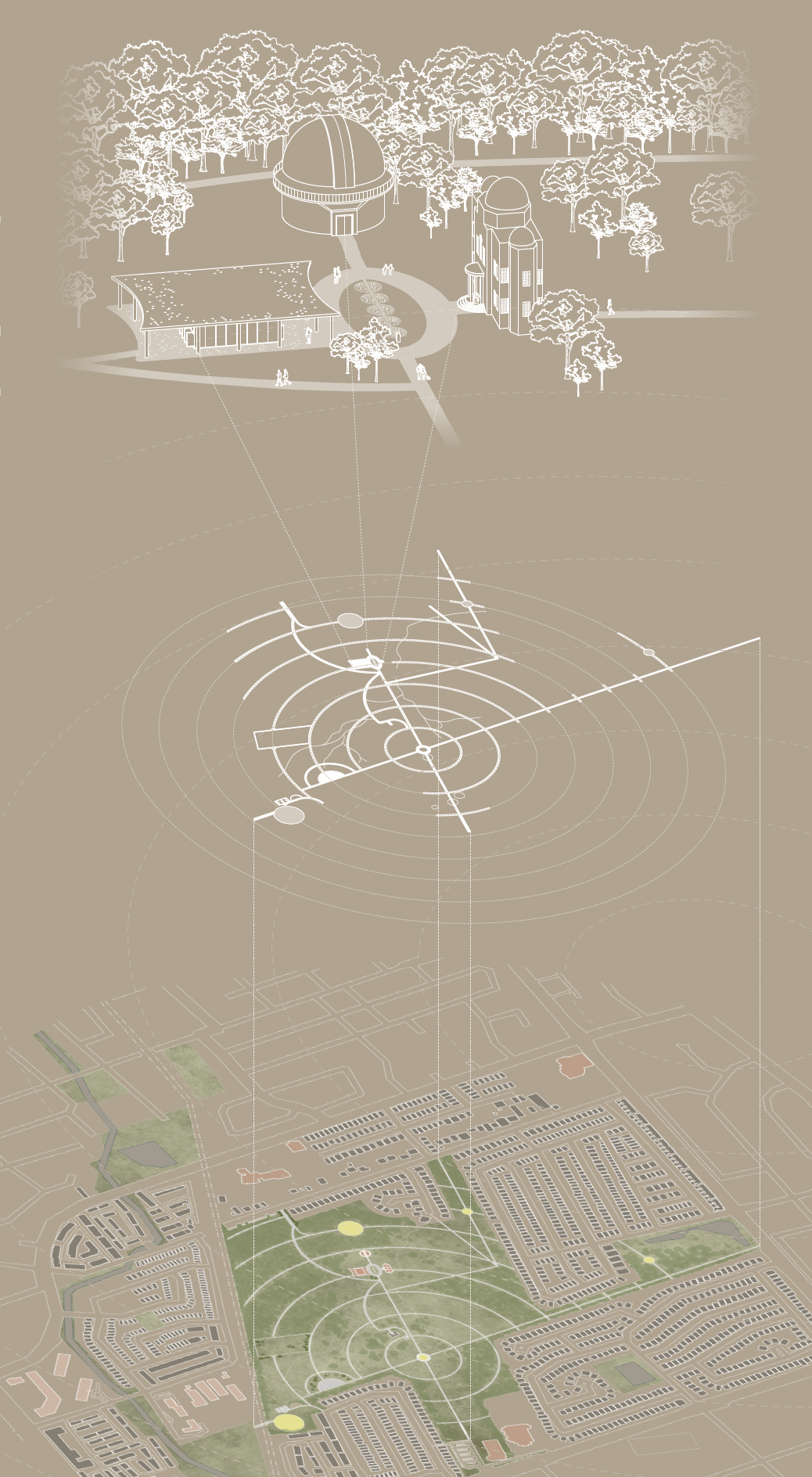MASTER OF ARCHITECTURE
Bernadette Rosano—Ontario Association of Architects Exceptional Leadership Through Design Excellence: Sustainability Award
![]()
Bernadette Rosano—Ontario Association of Architects Exceptional Leadership Through Design Excellence: Sustainability Award

About the Award
For best demonstrated design excellence and exemplary response to the climate crisis.
Challenging Obsolescence
With the contemporary notion that new is always better, existing, underutilised buildings are deemed obsolete and marked for demolition. Throughout my education at Toronto Metropolitan University, I have studied ways to reuse buildings as an environmentally, economically and socially sustainable approach to our urban fabric. Both of my first-year Master’s studio projects addressed sites with underutilised buildings, viewing them as existing potential. These projects were the catalyst for my thesis research titled Challenging Obsolescence: Exploring the Use of Unprotected Buildings.
This work is centred around the idea of tabula plena, or working with a full slate, as opposed to wiping the slate clean with a tabula rasa approach. Researching these sites and buildings has led me to explore a deeper understanding of the history and context of each, allowing me a new appreciation for buildings as part of an ensemble.
Both of my previous Master’s studio projects as well as my Thesis design investigation are working with ideas of architectural intervention to reinvigorate an obsolete building(s) and meaningfully engage the past. Through architectural intervention and new or expanded functions, a new admiration can occur. By creating new spaces and experiences, a building can become both a relic of the past and a gift to the future. This helps to create a socially sustainable city that fosters community identity and sense of place. This begins to address the United Nations 17 Sustainable Development Goals. Specifically, Goal 16 of ‘Promoting Peaceful, Just, and Inclusive Societies’.
Not only is this work socially sustainable, but it is also a more environmentally sustainable approach than demolition and new construction. Utilising an existing structure addresses underuse and vacancy within the urban fabric while reducing construction waste and the associated carbon footprint. This strategy is then able to address the climate crisis and the United Nations Goal 12 ‘Responsible Consumption and Production’ and Goal 13 ‘Climate Action’.
Thank you for awarding me with the Ontario Association of Architects Exceptional Leadership Through Design Excellence: Sustainability Award. I am grateful to Toronto Metropolitan University for integrating concepts of sustainability into our learning, creating an environment that is conducive to exploring my interests. Receiving this award is an honour and has validated my dedication to ideas of sustainability in architecture, specifically in the realm of adaptive reuse.
*Distillery District Heritage Informing Vacancy Development done in collaboration with Kristen D’Penna
For best demonstrated design excellence and exemplary response to the climate crisis.
Challenging Obsolescence
With the contemporary notion that new is always better, existing, underutilised buildings are deemed obsolete and marked for demolition. Throughout my education at Toronto Metropolitan University, I have studied ways to reuse buildings as an environmentally, economically and socially sustainable approach to our urban fabric. Both of my first-year Master’s studio projects addressed sites with underutilised buildings, viewing them as existing potential. These projects were the catalyst for my thesis research titled Challenging Obsolescence: Exploring the Use of Unprotected Buildings.
This work is centred around the idea of tabula plena, or working with a full slate, as opposed to wiping the slate clean with a tabula rasa approach. Researching these sites and buildings has led me to explore a deeper understanding of the history and context of each, allowing me a new appreciation for buildings as part of an ensemble.
Both of my previous Master’s studio projects as well as my Thesis design investigation are working with ideas of architectural intervention to reinvigorate an obsolete building(s) and meaningfully engage the past. Through architectural intervention and new or expanded functions, a new admiration can occur. By creating new spaces and experiences, a building can become both a relic of the past and a gift to the future. This helps to create a socially sustainable city that fosters community identity and sense of place. This begins to address the United Nations 17 Sustainable Development Goals. Specifically, Goal 16 of ‘Promoting Peaceful, Just, and Inclusive Societies’.
Not only is this work socially sustainable, but it is also a more environmentally sustainable approach than demolition and new construction. Utilising an existing structure addresses underuse and vacancy within the urban fabric while reducing construction waste and the associated carbon footprint. This strategy is then able to address the climate crisis and the United Nations Goal 12 ‘Responsible Consumption and Production’ and Goal 13 ‘Climate Action’.
Thank you for awarding me with the Ontario Association of Architects Exceptional Leadership Through Design Excellence: Sustainability Award. I am grateful to Toronto Metropolitan University for integrating concepts of sustainability into our learning, creating an environment that is conducive to exploring my interests. Receiving this award is an honour and has validated my dedication to ideas of sustainability in architecture, specifically in the realm of adaptive reuse.
*Distillery District Heritage Informing Vacancy Development done in collaboration with Kristen D’Penna


